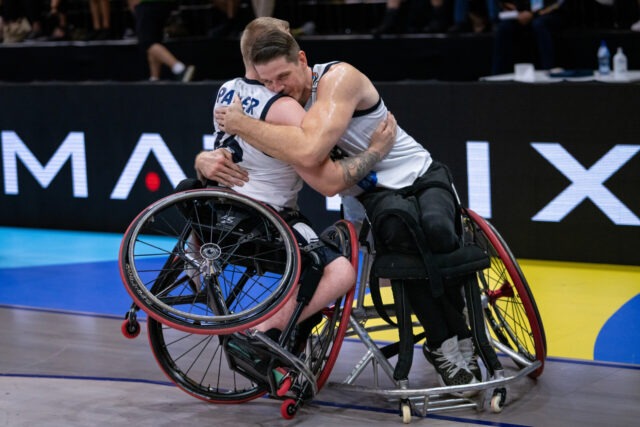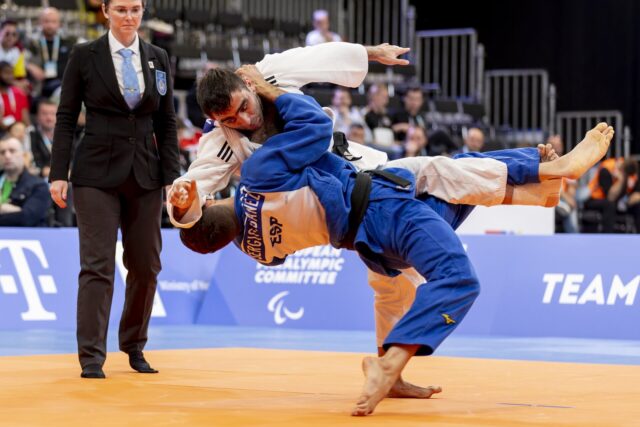Para badminton is a modified version of badminton that is designed for athletes with physical and/or mental impairments. The rules and equipment are similar to those of traditional badminton, but with some modifications to make the game more accessible to players with different types of disabilities.
The sport was first introduced in the 1990s, and in 1998 the first World Championships were held in Amersfoort, the Netherlands. Since then, the sport has grown in popularity and is now governed by the Badminton World Federation (BWF).
One of the main differences between para badminton and able badminton is the classification system used to group players based on their level of impairment. Para badminton players are classified into six different categories, based on the type and severity of their disability. This allows players to compete against others with similar levels of physical ability, making the competition fairer and more balanced.
Another key difference is that para badminton allows for certain types of assistive devices, such as prosthetics or wheelchairs, to be used during competition. This helps to level the playing field and ensure that all athletes have the opportunity to compete at their highest level.
Players are classified into six different categories:
- Wheelchair WH 1: Players with limitations in both lower limb and trunk function who play in a wheelchair.
- Wheelchair WH 2: Players with limitations in one or both lower limbs and minimal or no trunk restriction who play in a wheelchair.
- Standing Lower SL 3: Players with standing impairment, who have impaired function in one or both lower limbs and poor walking balance.
- Standing Lower SL 4: Players with standing impairment but lesser impairment compared to Sport Class SL 3. The player may have impaired function in one or both lower limbs and minimal impairment in walking balance.
- Standing Upper SU 5: Players with upper limb impairment. The impairment could be on the playing or non playing hand.
- Short Stature SH 6: Players with short stature due to a genetic condition often referred to as “dwarfism.” Their limbs function normally, but their reach is limited.
These classifications are used to group players with similar levels of physical ability together in competition, so that athletes with different types and degrees of impairment can still compete fairly against one another.












